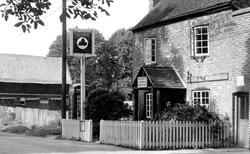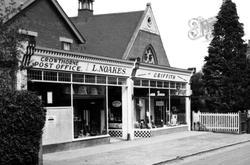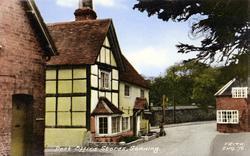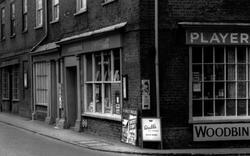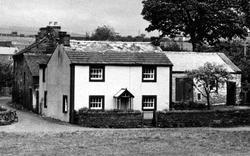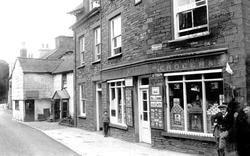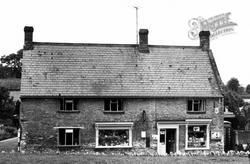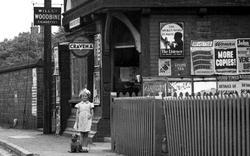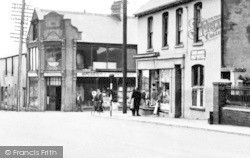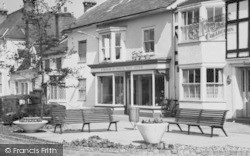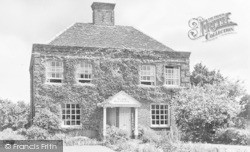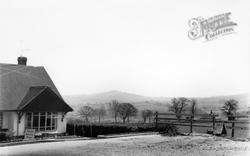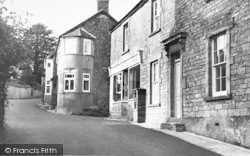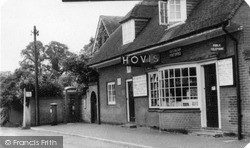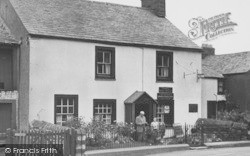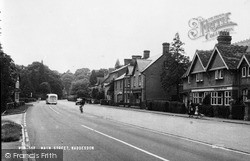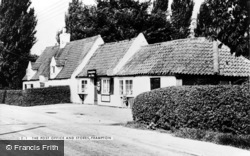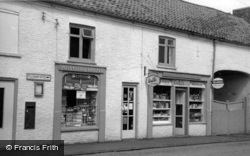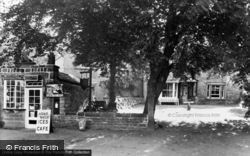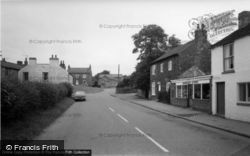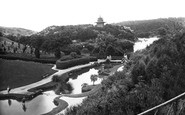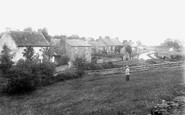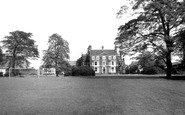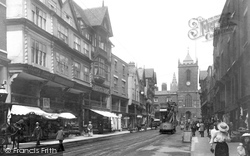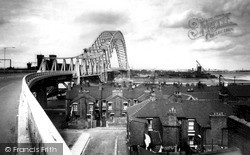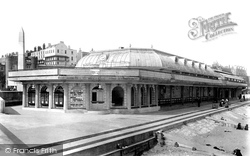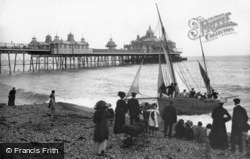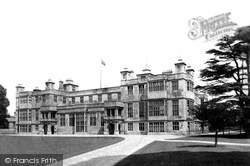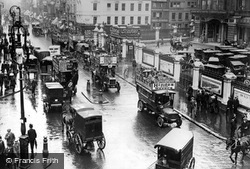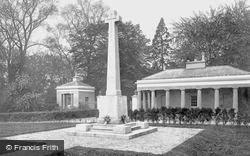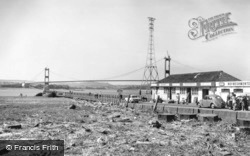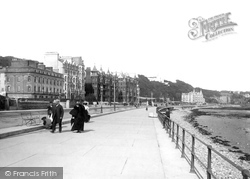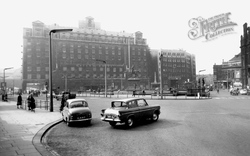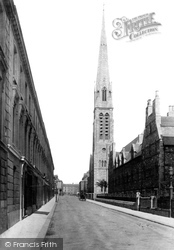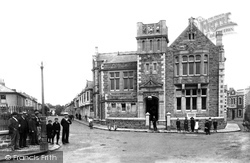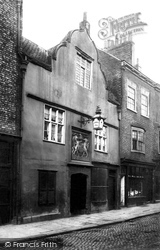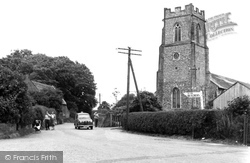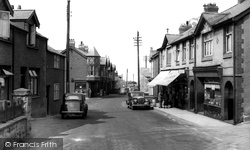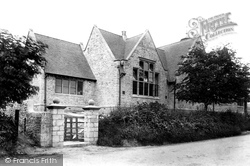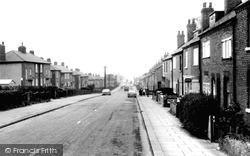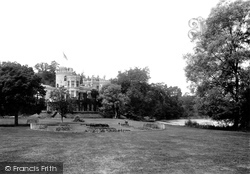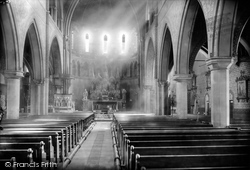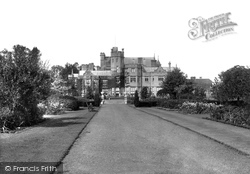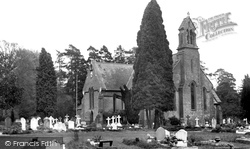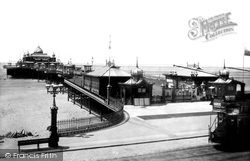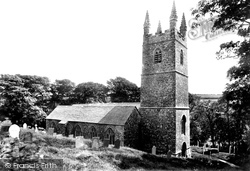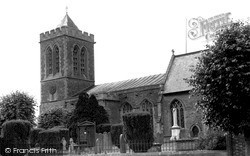Places
9 places found.
Those places high-lighted have photos. All locations may have maps, books and memories.
Photos
2,359 photos found. Showing results 1,161 to 1,180.
Maps
776 maps found.
Books
Sorry, no books were found that related to your search.
Memories
2,736 memories found. Showing results 581 to 590.
Midwifery Training
I did my midwifery training at Perivale Maternity Hospital, 1981/82. It was a lovely little hospital with two post-natal wards, one ante-natal ward, a delivery suite and out-patients. I did my community placement in Southall, ...Read more
A memory of Perivale in 1981 by
Cheelson Road
My Mum and I moved to Cheelson Road, South Ockendon from Plaistow in 1955 when I was 3, Dad was away in the Merchant Navy so took no part in the actual move. Cheelson Road was only built on one side with a row of bungalows ...Read more
A memory of South Ockendon in 1955 by
Great Days
I was also posted to Burniston Barracks from Catterick Camp with the Royal Signals 5 AA Signals Reg. as an OWL and was married just up the road from the barrack's at the local church. Dickie Dors was the paymaster and also we had a ...Read more
A memory of Scarborough in 1951 by
Life In County Oak
I was born in the cottage that was named Morning Dawn in 1937. The house is now a Muslim mosque. I remember the recreation area very well. We played there often. My dad had an allotment nearby. I remember the Covey and ...Read more
A memory of Crawley in 1940 by
From 1940 But Historically Long Before
Along with my mother Ruby, I was evacuated to Alconbury on my birthday, 23 September 1940. Unknown to me, my paternal grandparents had already moved there and were in residence in Chapel Street. My Mum and ...Read more
A memory of Alconbury in 1940 by
Growing Up In Dunks Green
My dad Henry Burton became Post Master at Dunks Green in the early 1950s. I had a wonderful childhood there. It was so quiet in the evenings that we played skipping with a long rope that was tied to the bus stop and ...Read more
A memory of Dunk's Green in 1953 by
Tunstall Village Circa 1949/50
My parents used to own the local post office/ grocery store which I now believe is a private house. One of my brothers took it over from my mother and I used to stay there on holiday. When my ...Read more
A memory of Tunstall in 1949 by
Lovegreen Street
My maternal grandmother lived in Lovegreen Street from around 1900 until 1957 when she moved in with my family in Framwellgate Moor. Her name was Parkinson and I believe her house was the first one as you turned the corner into the ...Read more
A memory of Durham in 1950 by
1951 1955
Tree climbing was good fun in very large trees till it was banned when David Nash fell and hurt his back for a couple of days. Alarge tree opposite the headmaster's office had iron rungs to a top platform used for spotting approaching ...Read more
A memory of Thelwall in 1954 by
Captions
1,642 captions found. Showing results 1,393 to 1,416.
On the left outside Hodley's is a poster announcing the postponement of the Ruabon date for Buffalo Bill's Wild West Show.
Demolition of houses along the route of the approach roads began in 1956 so that although the bridge itself cost £3 million, the approach roads added a further £1.5 million to the bill.
This view shows (to the left) a poster advertising Bailey's Central Pharmacy.
Its first theatre seated 400, and cost a mere £250 - it eventually became a cattle-shed at Lewes!
It cost £500 alone to obtain the preliminary designs from Italy.
The rain appears to have just stopped, which may be good news, as a poster on the right indicates that a bank holiday is pending.
We travel back to the London Road, and at the entrance to the Staff College, we find the War Memorial, erected in 1922 at a cost of £433.
Limited capacity, high operating costs, and people lacking the patience to wait for a ferry, combined to put an end to what would have been a pleasant alternative to driving on a motorway.
to the late-Victorian development on this part of the seafront, it would have been possible to see Castle Mona, the residence built in 1804 for Governor James Murray (later Fourth Duke of Atholl) at a cost
At the beginning of the 20th century a room at the Queen's Hotel cost 4s a night, breakfast 3s and dinner 5s.
Theatregoers used to be able to hire a boy from the Barbican to queue for them, a service which cost the princely sum of 6d in the 1930s.
Built at a cost of £2,000 on the junction of Basset Street (left) with Trevenson Street, the Passmore Edwards Free Library was opened on 23 May 1895 and boasted 5,400 volumes.
The land was acquired by the City Corporation in 1934 at a cost of £8,000. The Debtors' Prison was opened as a museum, which was then extended to the Women's Prison building.
Dating from the mid 15th century it was extensively restored in 1866 at a cost of £1,200, mostly paid thanks to the benefaction of Mr Robert Copeman, many of whose ancestors are buried within
Dyserth is most famous for its waterfall, attracting visitors in their hundreds.
It cost £5,000 and would win recognition from the Board of Education. Colonel Colfox gave more land for playing fields, in 1918, and it would then be re-designated as a Grammar School.
A new Ford Cortina saloon cost £669, and a Zephyr £933.
This late 19th-century mock castle was built 'at great cost and with the best materials and workmanship' by John Turner Turner, a renowned sportsman and big game hunter.
The high altar was designed by Pugin and manufactured in Dublin at a cost of £700; it was of Gothic design and made of Caen stone, richly carved. It was given by James Lomax of Clayton Hall.
East Howe Congregational Hall on the corner displays a poster for YMCA Club events. The oak trees are an indication that there were just hedges and fields here until the 1920s.
It cost £3,351 to build, over a quarter of which was raised by local people, the remainder being supplied by the local gentry.
A poster advertises the Victoria Pierrots.
More costly granite, however, was used for pinnacles, windows and the arcades of the interior. The church is best known for its carved bench ends. Nearby is the small St Swithin's holy well.
It has a squat tower, about 40ft high, which was rebuilt at a cost of about £7,000. The ceiling of the nave was painted with a thousand stars.
Places (9)
Photos (2359)
Memories (2736)
Books (0)
Maps (776)


